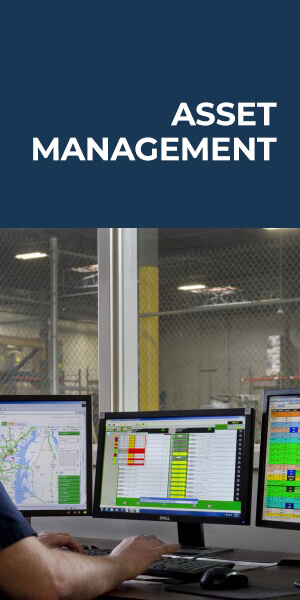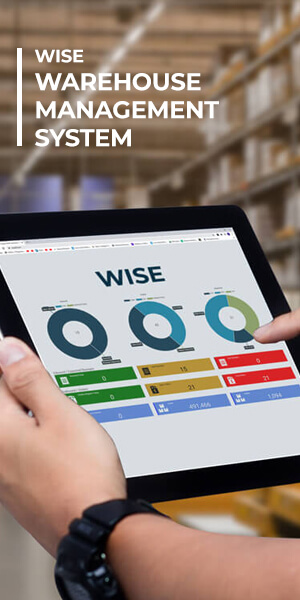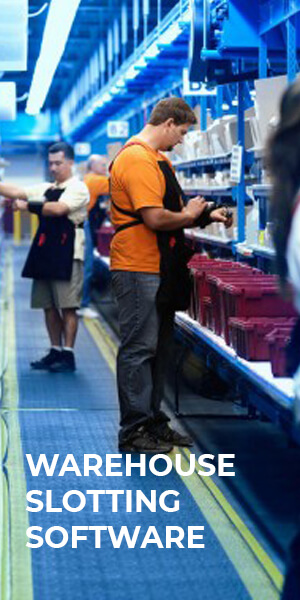Warehouse Execution System (WES), Royal 4 – WISE
Royal 4 Systems WISE – Warehouse Execution System (WES) is the product of four decades of development and innovation. WISE – WES is the tool used by companies large and small to manage and coordinate the physical flow of raw materials, parts, to products from receiving through shipping.
- Reactive – Real-Time Systems Provide Accurate Inventory Data
- Organizes Sequences For Just In Time Inventory
- Directs Resources People and Automation Systems
- Receiving – Checking & Sorting Inbound Parts for Storage
- Put Away Tasks for Received Goods Into Storage.
- Replenishment of Picking Locations form Storage
- Picking of Customer Orders
- Order Assembly
- Checking and Packing; Loading and Shipping
What is a WES?
Our WISE WES can be used in manufacturing, distribution centers, retail stores, and other areas where goods need to be stored or shipped. It helps with managing inventory by making sure that the items are stored in the right place at the right time for quick retrieval. A WES can be tailored to the needs of different types of warehouses, such as retail or distribution centers.
“In the 12 years that WISE has been supporting the logistics operations at Poiesz, WISE has proven itself as a stable Warehouse Management System for our supermarket distribution centers. A WMS in which you can quickly configure thanks to the flexibility of the application.”

“There are two things I look at when reviewing software systems – functionality and after-the-sale support. The WISE warehouse management system has provided superior functionality to our Distribution group since 2002. Royal 4 is the “gold standard” I use for evaluating vendor support.”

Benefits of Installing a WES in Your Warehouse
As the name suggests, a warehouse execution system is software that helps in executing the warehouse operations. It is designed to be an integrated information system for managing and controlling the warehousing processes. It has many benefits, including improved inventory accuracy, optimized labor allocation, and reduced costs of goods sold.
- Improved customer service.
- Better inventory management.
- Improved employee productivity.
- Improves efficiency by automating manual processes.
- Increases accuracy by providing detailed tracking and reporting capabilities.
- Increases visibility by providing real-time data on inventory levels, safety stock levels, and orders.
The Different Types of WES Systems and How They Function
Warehouse Execution Systems (WES) are the backbone of warehouse management systems. They have been around for decades and have constantly been evolving to meet the needs of modern warehouses. They are designed to control and monitor the production process with a focus on material handling and storage. The WES system is responsible for receiving, storing, retrieving, and routing materials to the appropriate location in the warehouse or production facility. It can also be used for inventory management, packaging machines, kitting lines, order picking stations, and other types of machinery that are necessary for production. A WES system can be a stand-alone system, or it can be an integrated part of an enterprise resource planning (ERP) system. In this case, it is known as a Warehouse Control System (WCS). or an Industry Warehouse System (IWCS). If a WES is integrated into an ERP system, the ERP system’s analytical capabilities, forecasting information, and production scheduling are used to help manage the warehouse. The WES can also use the ERP’s data-mining capabilities to automatically identify bottlenecks in material flows and automate related processes.
Manual Warehouse Execution System vs. Automated Warehouse Management System
The WES system can be applied to all types of warehouses, including manual and automated warehouses; however, what are the differences? It can also be used by companies that have manual warehouses, automated warehouses, or hybrid warehouses utilizing both.
Warehouses are the backbone of any business. They are responsible for storing and distributing goods to customers. There are two main warehouse execution systems – automated and manual. Automated warehouse execution systems are a more efficient way of executing warehouse operations, but it does not come without its own set of challenges.
Automated Warehouse Execution System
The automated Warehouse Execution system was designed to reduce the time, cost, and resources that are needed to complete a warehouse operation. The WES tracks the inventory in a warehouse and manages the movement of products between different locations. The system is composed of one or more computerized modules which control the equipment in the warehouse and execute tasks without human intervention. The Automated WES utilizes and leverages Warehouse Control Systems, including conveyors, sorters, automated storage and retrieval systems (ASRS), packaging machines, kitting lines, goods-to-person, order picking stations, palletizing/depalletizing, print and apply labeling, and other technologies to improve efficiency. The initial equipment costs may be higher; however, the return on investment, taking into account reduced labor costs, must also be considered. Also, the entire warehouse doesn’t need to be automated; it can be done in stages with hybrid solutions or partial automation.
- It reduces the time that is needed for a warehouse operation by as much as 50%.
- It reduces the need for manual labor.
- It reduces the amount of errors that happen during an operation.
- It can complete an operation in a fraction of the time that is needed for manual labor.


















